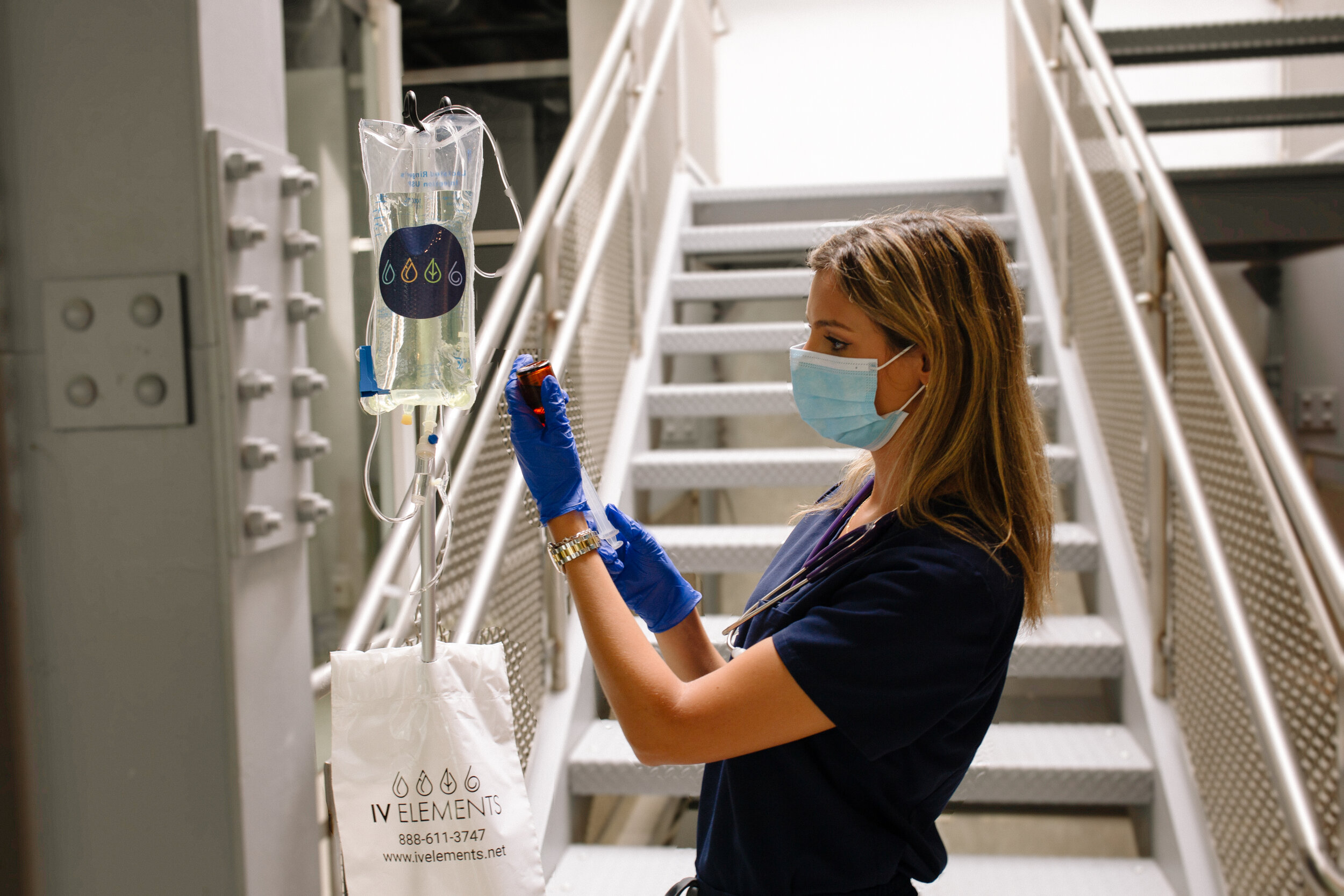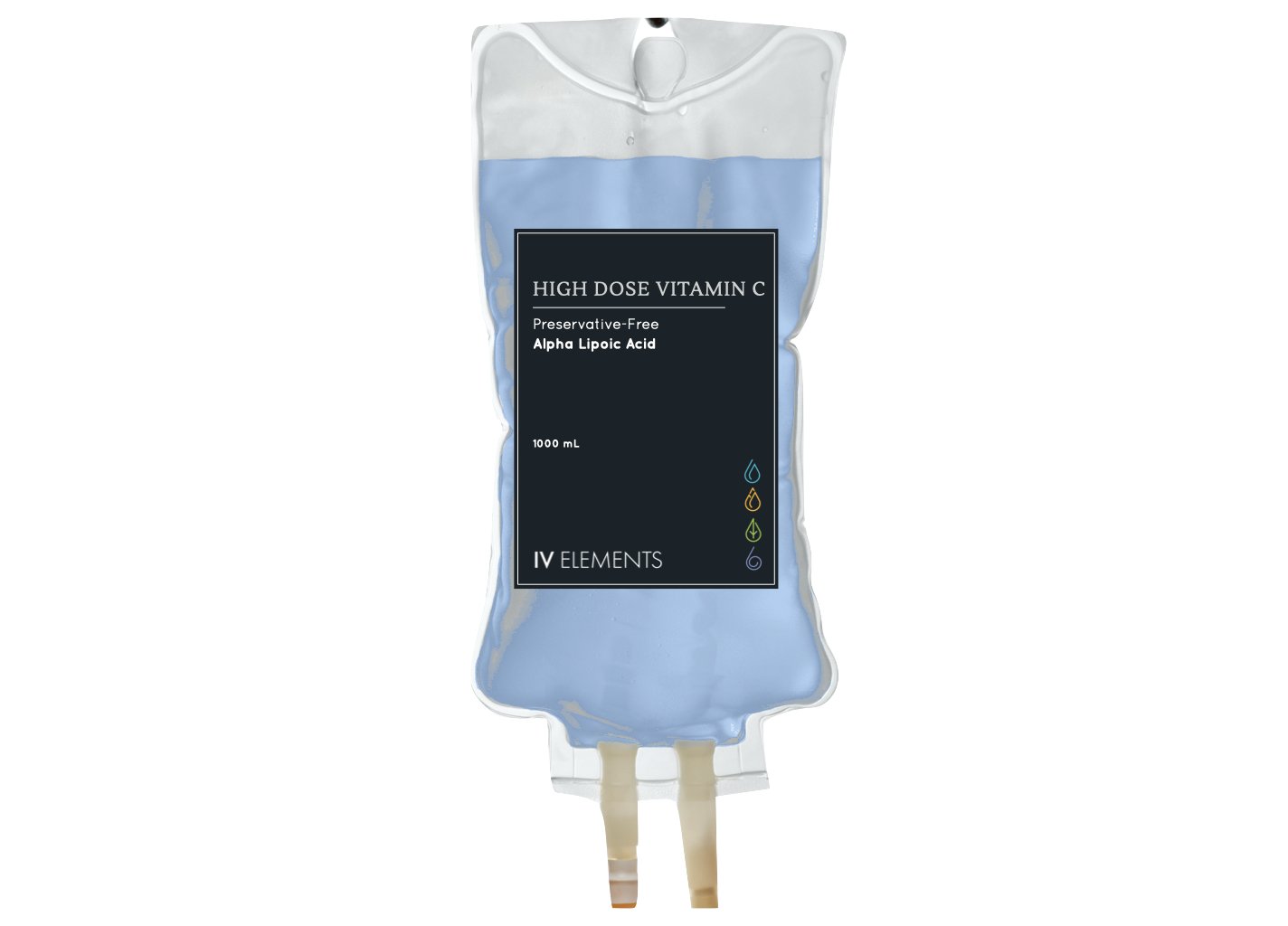AN ALTERNATIVE TREATMENT TO FIGHTING CANCER TODAY!
High Dose Vitamin C, when taken by IV infusion, has shown improved quality of life, as well as fewer side effects for patients with cancer.
Mistletoe Therapy, one of the most widely studied alternative medicine therapies in people with cancer, has also been known to reduce symptoms from cancer treatments.
HIGH DOSE VITAMIN C
DRIP LOUNGE: Up to 25g ➟ $249
DRIP LOUNGE: 50g ➟ $284 (1 HOUR)
DRIP LOUNGE: 75g ➟ $334 (90 MINUTES)
DRIP LOUNGE: 100g ➟ $384 (UP TO 2 HOURS)
MOBILE surcharge please call
***Due to US inflation rates in 2022, our High Dose Vitamin C prices have changed.***
- Vitamin C (Made of Preservative-Free Alpha Lipoic Acid)
‣ Reduces inflammation after standard treatments
‣ Decreases tumor markers and cancer-related toxicities
‣ Improves mood, energy and quality of life for those undergoing cancer treatments
‣ Boosts immune system with powerful antioxidant function
MISTLETOE THERAPY
DRIP LOUNGE: 10 SubQ Shots ➟ $485 Initial month / $400 following months
MOBILE: 10 SubQ Shots during High Dose Vitamin C Infusion ➟ $485 Initial month / $400 following months
- Mistletoe Extract (Viscum Abietis, Mali, and Pini)
‣ Activates immune cells
‣ Stabilizes and protects healthy cell DNA against damage caused by other cytotoxic therapies
WHAT IS HIGH DOSE VITAMIN C?
Studies have suggested that intravenous High Dose Vitamin C, at the proper concentration, can result in destruction of cancer cells without harming healthy cells. Many patients who receive High Dose IV Vitamin C nutritional therapy, along with traditional cancer care, can live fuller, more vibrant, energetic lives and suffer fewer side effects. It can be used safely in conjunction with chemotherapy and radiation in certain situations in which the patient’s oncology team is aware of and has agreed to incorporate Vitamin C into the treatment regimen.
According to the U.S. NATIONAL LIBRARY OF MEDICINE, “Researchers have made massive strides over the last 20 years and have addressed many of these important aspects, such as the best route for administration, safety, interactions with chemotherapy, quality of life, and potential mechanisms of action. Although Vitamin C is often considered a good marker of fruit and vegetable intake, the vitamin has essential functions within the body, including integral roles in various anti-cancer mechanisms. Because of the pleiotropic functions of Vitamin C, optimizing its levels in the body through diet and supplementation is likely to be of benefit to oncology patients.”
One of the most famous forerunners of High Dose Vitamin C IV treatment for disease prevention was Dr. Linus Pauling, a two–time Nobel Laureate. Dr. Linus Pauling proposed that Vitamin C could be used to treat cancer and his studies conducted in the 1970s and 1980s suggested the use of oral doses up to 10 grams/day were helpful in increasing the survival time and improving the quality of life of terminal cancer patients. Today’s most recent studies using the intravenous route of administration are showing promise to Paulings’ theories.
To learn more about high dose vitamin C and its effects in the body, click here.
WHAT IS MISTLETOE THERAPY?
Mistletoe plant has been used as an alternative method to treat cancer. It is the most widely studied and evidence-based, naturopathic medicine prescribed for cancer clients in Europe, in Germany you can receive it intravenously.
Amazingly, studies have shown Mistletoe Therapy can enhance cancer client survival rates, improve quality of life, and reduce the side-effects of chemotherapy and radiation.
Viscum Album, or Mistletoe, is a plant that adheres itself to trees, such as apple, oak, maple, elm, pine and birch. The biologic extracts from this plant adheres itself to cancer cells/viruses similar to that of trees which is why in the oncology world, it has been safely and effectively used as treatment.
Mistletoe Therapy can be used in malignant and non-malignant tumors for stimulation of bone marrow activity along with conventional treatments to offset the side-effects of chemotherapy and radiation, such as nausea, vomiting, and lack of appetite. It can also be used to diminish tumor-related pain and to reduce the risk of tumor recurrence.
Frequently Asked Questions.
For the cancer I have, is this therapy a beneficial therapy?
Mistletoe is indicated for all sites and histological cancer types, including all cancer stages, any point in the course of cancer, and as an after-cancer prophylaxis for relapse or for secondary cancer.
Is Mistletoe Therapy recommended by my oncologist or other physicians?
We always advise you to ask your oncologist about Mistletoe Therapy while on chemotherapy and/or radiation treatment. If you are not doing chemotherapy or radiation, due to our medical license and alternative therapy experience, at IV Elements we are able to prescribe you this treatment after a consultation.
Despite mistletoe’s long track record of clinical use in Europe and several Asian countries, the Food and Drug Administration (FDA) continues to consider it in a category of unproven biologic therapies, and it has yet to be fully adopted by Western medicine.
What can I expect when I am treated?
Mistletoe is injected under the skin on the abdomen for most patients. It typically causes some harmless localized inflammation, including swelling, redness, tenderness and itching, up to the size of a silver dollar. Other side-effects can include a temporary rise in body temperature and fatigue. Overall, patients tolerate the treatment very well.
The maintenance treatment is given three times each week. Your first mistletoe injection will be done at IV Elements so we can demonstrate safe and proper injection technique, as well as observe you for any allergic reaction. Allergic reaction to subcutaneous mistletoe is extremely rare. All subsequent injections can be administered at home by you or a trained caregiver.
Should I be concerned about any interactions with other drugs I take?
There are no known interactions, including chemotherapy drugs.
What benefits can I expect from Mistletoe Therapy?
Activation of the immune system and the production of defense cells
Stimulation of programmed cell death (apoptosis) in cancer cells and blockage of angiogenesis (new blood supply)
Protection and stabilization of the DNA of healthy cells against damage caused by cytostatic drugs, such as chemotherapy
Improvement in general well-being
Reduced fatigue, particularly during and after chemotherapy
Reduced nausea during chemotherapy
Improved appetite
Improved sleep
Increased energy
A slight increase in body temperature (many cancer patients have a lower than average body temperature and often feel cold)
Less sensitivity to pain, so fewer painkillers, and sedatives are needed
Patients often report a more positive outlook, more courage, and initiative, less fear
Are there any special populations that cannot use Mistletoe Therapy?
Yes. This therapy is not recommended for anyone with an allergy to Mistletoe, or anyone with acute inflammatory disease, autoimmune disease, high fever, pregnancy, Myasthenia gravis, multiple sclerosis, or uncontrolled hyperthyroidism.
Can I receive Mistletoe Therapy while receiving other treatments, such as radiation or chemotherapy?
Yes. Mistletoe can actually help alleviate some of the common side-effects of radiation and chemotherapy, such as fatigue, nausea, and difficulty sleeping. Read the above-detailed list of benefits of Mistletoe Therapy.
Have there been clinical studies done on Mistletoe Therapy?
Many of the clinical studies examining mistletoe use in cancer patients have shown improved outcomes, both in conjunction with conventional treatments and as a stand-alone adjuvant therapy. Another compelling benefit, which has been observed in a multitude of clinical trials, is improved quality of life. Among those are fewer or less severe side effects from chemotherapy such as fatigue, depression, nausea, and vomiting as well as improved emotional well-being and concentration. Visit the National Institutes of Health (NIH) National Cancer Institute (NCI) to read more about studies examining mistletoe use for cancer patients.
How much does it cost? Is Mistletoe Therapy covered by health insurance?
The initial kit costs $485. Monthly treatments thereafter cost $400 each.
Health insurance does not currently cover this treatment because it is considered alternative medicine. We do accept cash, personal check, money orders, Visa, Master Card, American Express and Discover.
For more information about mistletoe therapy, read our Research and Clinical Study on it.
Related Research & Information
Article about Lead exposure and treatment. Published by the American Cancer Society [READ]
“Treating Myelodysplastic Syndromes” by the American Cancer Society [READ]
“Supportive Therapy for the Patient With Chronic Myelomonocytic Leukemia” by the American Cancer Society [READ]
“Supportive Therapy for Myelodysplastic Syndromes” by the American Cancer Society [READ]
Description of Chelation Therapy by Dr Andrew Weil [READ]
“Chelation Therapy: A Controversial Heart Treatment?” by Dr Andrew Weil [READ]
“An Autism Cure?” by Dr Andrew Weil [READ]
“Choosing Chelation?” by Dr Andrew Weil [READ]
“How Chelation Works to Improve Circulation” [WATCH]
REFERENCES



